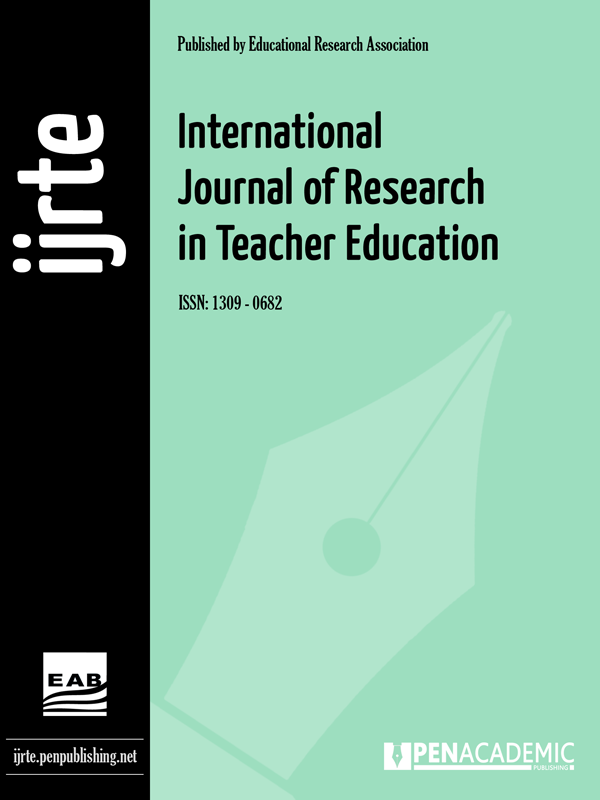- Akyeampong, A. (2003). Teacher Training in Ghana-Does It Count? Multi-Site Teacher Education Project (MUSTER): Country Report One. DfID. [Google Scholar]
- Aristovnik, A., Seljak, J., & Mencinger, J. (2014). Performance measurement of police forces at the local level: A non-parametric mathematical programming approach. Expert Systems with Applications, 41(4), 1647–1653. [Google Scholar]
- Azadeh, A., Haghighi, S. M., Zarrin, M., & Khaefi, S. (2015). Performance evaluation of Iranian electricity distribution units by using stochastic data envelopment analysis. International Journal of Electrical Power & Energy Systems, 73, 919–931. [Google Scholar]
- Charnes, A., Cooper, W. W., & Rhodes, E. (1978). Measuring the efficiency of decision making units. European Journal of Operational Research, 2(6), 429–444. [Google Scholar]
- Du, J., Cook, W. D., Liang, L., & Zhu, J. (2014). Fixed cost and resource allocation based on DEA cross-efficiency. European Journal of Operational Research, 235(1), 206–214. [Google Scholar]
- Souza, G. da S., & Gomes, E. G. (2015). Management of agricultural research centers in Brazil: A DEA application using a dynamic GMM approach. European Journal of Operational Research, 240(3), 819–824. [Google Scholar]
- Escorcia Caballero, R., Visbal Cadavid, D., & Agudelo Toloza, J. M. (2015). Eficiencia en las instituciones educativas públicas de la ciudad de Santa Marta (Colombia) mediante" Análisis Envolvente de Datos. Ingeniare. Revista Chilena de Ingeniería, 23(4), 579–593. [Google Scholar]
- Fang, L., & Li, H. (2015). Centralized resource allocation based on the cost–revenue analysis. Computers & Industrial Engineering, 85, 395–401. [Google Scholar]
- Gopalakrishnan, G. (2015). How to apply academic supply chain management: The case of an international university. Management: Journal of Contemporary Management Issues, 20(1), 207–221. [Google Scholar]
- Grosskopf, S., Hayes, K. J., & Taylor, L. L. (2014). Applied efficiency analysis in education. Economics and Business Letters, 3(1), 19–26. [Google Scholar]
- Huguenin, J.-M. (2015). Determinants of school efficiency: The case of primary schools in the State of Geneva, Switzerland. International Journal of Educational Management, 29(5), 539–562. [Google Scholar]
- Izadikhah, M., & Saen, R. F. (2018). Assessing sustainability of supply chains by chance-constrained two-stage DEA model in the presence of undesirable factors. Computers & Operations Research, 100, 343–367. [Google Scholar]
- Jauhar, S. K., Pant, M., & Nagar, A. K. (2016). Sustainable educational supply chain performance measurement through DEA and Differential Evolution : a case on Indian HEI. Journal of Computational Science. https://doi.org/10.1016/j.jocs.2016.10.007 [Google Scholar] [Crossref]
- Koshal, R. K., Koshal, M., & Gupta, A. K. (2013). Students’ Mathematics Academic Performance: An Interaction of Inputs from the Students, Schools, and Voters. Perspectives on Global Development and Technology, 12(5–6), 680–698. [Google Scholar]
- Kwon, H.-B., & Lee, J. (2015). Two-stage production modeling of large US banks: A DEA-neural network approach. Expert Systems with Applications, 42(19), 6758–6766. [Google Scholar]
- Lozano, S. (2015). A joint-inputs Network DEA approach to production and pollution-generating technologies. Expert Systems with Applications, 42(21), 7960–7968. [Google Scholar]
- Ministry of Finance, G. (2019). The Budget Statement and Economic policy of The Government of Ghana, (November). [Google Scholar]
- Omrani, H., Beiragh, R. G., & Kaleibari, S. S. (2015). Performance assessment of Iranian electricity distribution companies by an integrated cooperative game data envelopment analysis principal component analysis approach. International Journal of Electrical Power & Energy Systems, 64, 617–625. [Google Scholar]
- Tao, L., Liu, X., & Chen, Y. (2013). Online banking performance evaluation using data envelopment analysis and axiomatic fuzzy set clustering. Quality & Quantity, 47(2), 1259–1273. [Google Scholar]
- Tone, K. (2002). A slack-based measure ofsuper -efficiency in data envelopment analysis. European Journal of Operational Research, 130(3), 498–509. [Google Scholar]
- Tsolas, I. E., & Charles, V. (2015). Incorporating risk into bank efficiency: A satisficing DEA approach to assess the Greek banking crisis. Expert Systems with Applications, 42(7), 3491–3500. [Google Scholar]
- Tyagi, P., Yadav, S. P., & Singh, S. P. (2008). Efficiency analysis of schools using DEA: a case study of Uttar Pradesh state in India. Department of Mathematics, IIT, Roorkee. India. [Google Scholar]
- UN. (2016). The Sustainable Development Goals Report 2017. United Nations Statistics Division Sustainable Development Goals website at https://unstats.un.org/sdgs. https://doi.org/10.18356/4d038e1e-en [Google Scholar] [Crossref]
- Unwin, T. (2005). Towards a framework for the use of ICT in teacher training in Africa. Open Learning, 20(2), 113–129. https://doi.org/10.1080/02680510500094124 [Google Scholar] [Crossref]
- Visbal-Cadavid, D., Martínez-Gómez, M., & Guijarro, F. (2017). Assessing the Efficiency of Public Universities through DEA. A Case Study. Sustainability, 9(8), 1416. [Google Scholar]
- Wanke, P., & Barros, C. (2014). Two-stage DEA: An application to major Brazilian banks. Expert Systems with Applications, 41(5), 2337–2344. [Google Scholar]
- William W. Copper, Lawrence, M. S. and K. T. (2007). DATA ENVELOPMENT ANALYSIS A Comprehensive Text with Models , Applications , References Second Edition. [Google Scholar]
- Woo, C., Chung, Y., Chun, D., Seo, H., & Hong, S. (2015). The static and dynamic environmental efficiency of renewable energy: A Malmquist index analysis of OECD countries. Renewable and Sustainable Energy Reviews, 47, 367–376. [Google Scholar]
|


